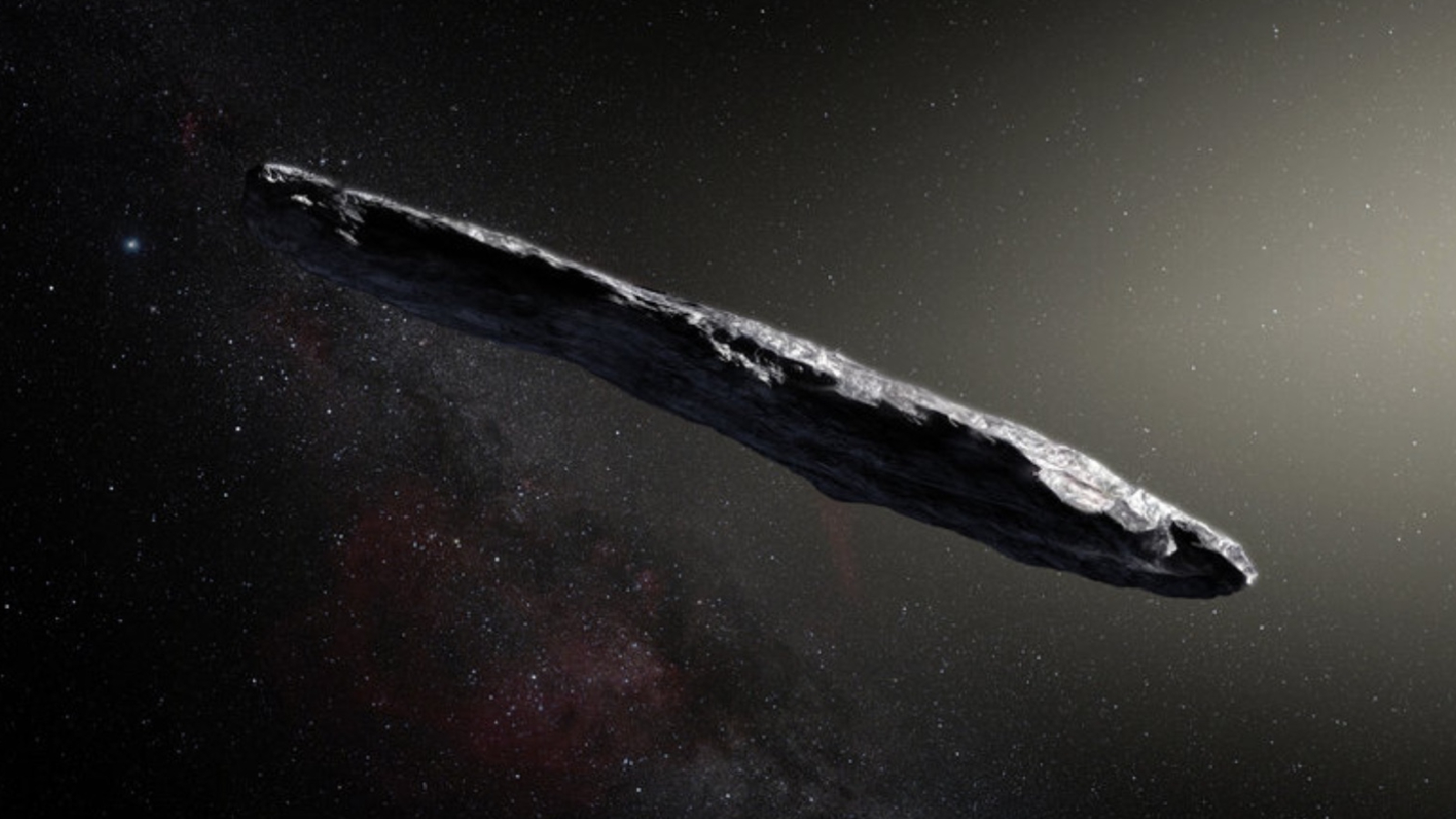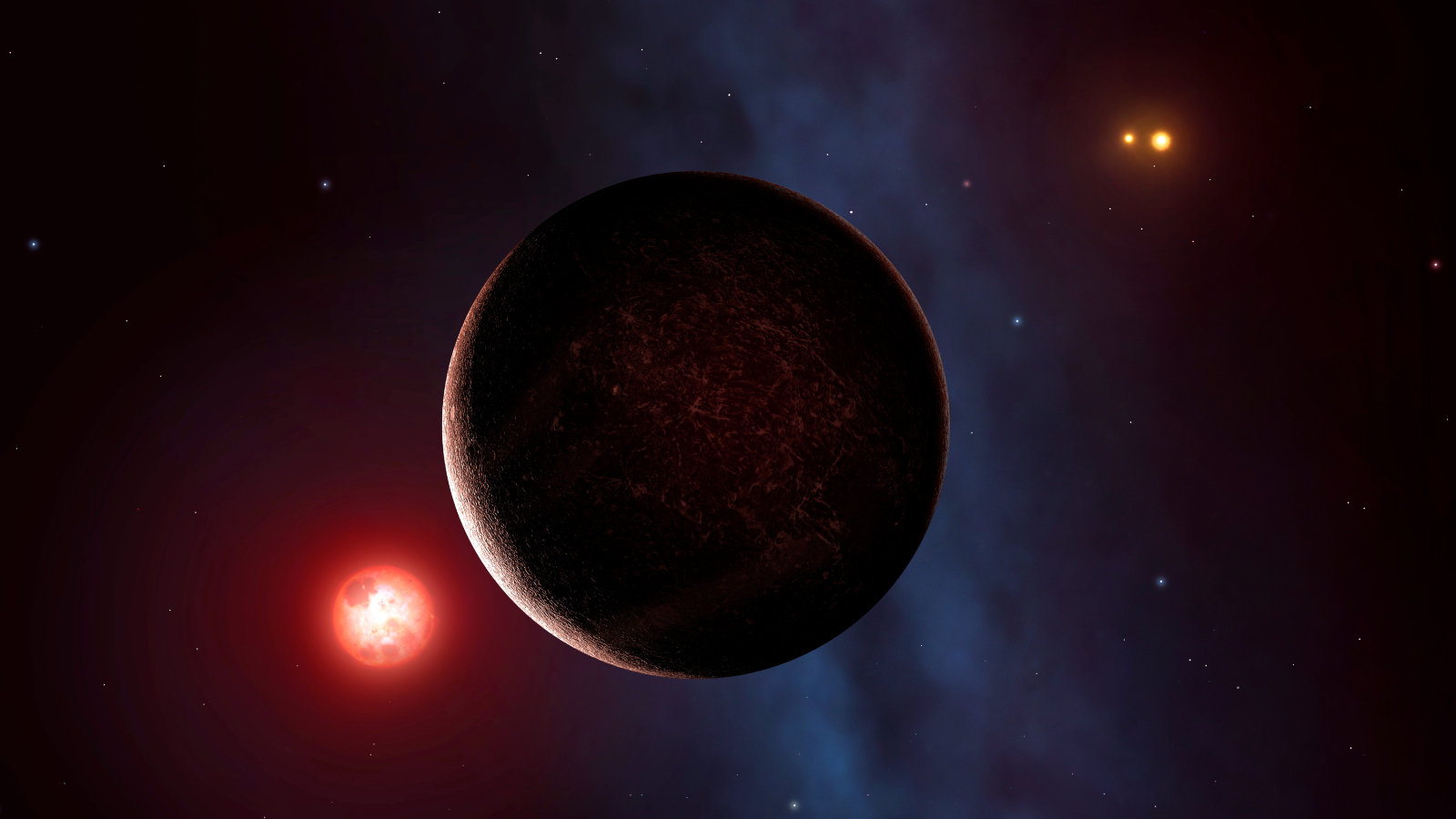More than 1 million “interstellar objects” the size of the Statue of Liberty could be drifting unseen in the outer solar system right now, new simulations suggest. The hefty cosmic interlopers, which have traveled here from our closest stellar neighbors, are unlikely to ever come near Earth. However, smaller interstellar particles are likely hitting our planet every year, the study finds.
Until now, scientists have only detected two confirmed interstellar objects in the solar system: the unusually oblong object ‘Oumuamua, which some people incorrectly suspected was an alien probe when it was spotted in 2017, and Comet Borisov, which was discovered in 2019. Both of these objects, which are now long gone, were spotted sailing through our cosmic neighborhood at high speeds, making it clear that they originated from interstellar space.
However, scientists have long suspected that many other alien objects pass through the solar system undetected every year, and that even more interlopers likely reside here permanently. Several spacecraft, including NASA’s now-deceased Cassini probe, have also previously detected tiny interstellar dust particles streaming through the solar system.
In the new study, uploaded Feb. 5 to the pre-print server arXiv, researchers simulated how much interstellar material was ejected from Alpha Centauri — the closest star system to Earth — over the last 100 million years. Based on these calculations, the researchers predict that there are currently around 1 million “macroscopic objects” from Alpha Centauri, each wider than 330 feet (100 meters), currently moving within our solar system. (These results have not yet been published in a peer-reviewed journal but have been accepted for publication in The Planetary Science Journal.)
Unlike ‘Oumuamua and Borisov, these hypothetical interlopers have been permanently trapped by the sun’s gravity and most of them likely now reside in the Oort Cloud — a giant reservoir of comets and asteroids near the edge of the solar system. As a result, they are almost impossible to spot.
Related: 8 strange objects that could be hiding in the outer solar system

The study team also simulated how smaller particles travel from Alpha Centauri to the solar system. The researchers believe that any particles above 100 micrometers (0.004 inch) can theoretically make the journey between the systems and that around 10 of these particles likely burn up as meteors in Earth’s atmosphere every year.
Stellar neighbors
Alpha Centauri is made up of three stars: Alpha Centauri A and Alpha Centauri B, which are both sun-like stars that orbit one another in a binary system, and Proxima Centauri, which is a smaller red dwarf star that circles the binary pair.
Proxima Centauri is the closest known star to Earth at a distance of around 4.25 light-years and is the only star in the system with a confirmed planet, known as Proxima Centauri b.

The entire system is currently traveling toward us and will reach its closest point to the sun in around 28,000 years. When this happens, the number of objects entering the solar system will increase exponentially for a time because the gap between the two systems will be significantly reduced, the researchers wrote.
The team also noted that the rate of material being ejected from our solar system is probably very similar to Alpha Centauri, meaning that comparable levels of interstellar material originating from our cosmic neighborhood are being captured by our stellar neighbors.
Better understanding how materials transfer between Alpha Centauri and the solar system “opens new pathways for exploring the interconnectedness of stellar systems and the potential for material exchange across the galaxy,” the researchers wrote in the paper.
